Everything you need to know before buying a Projector
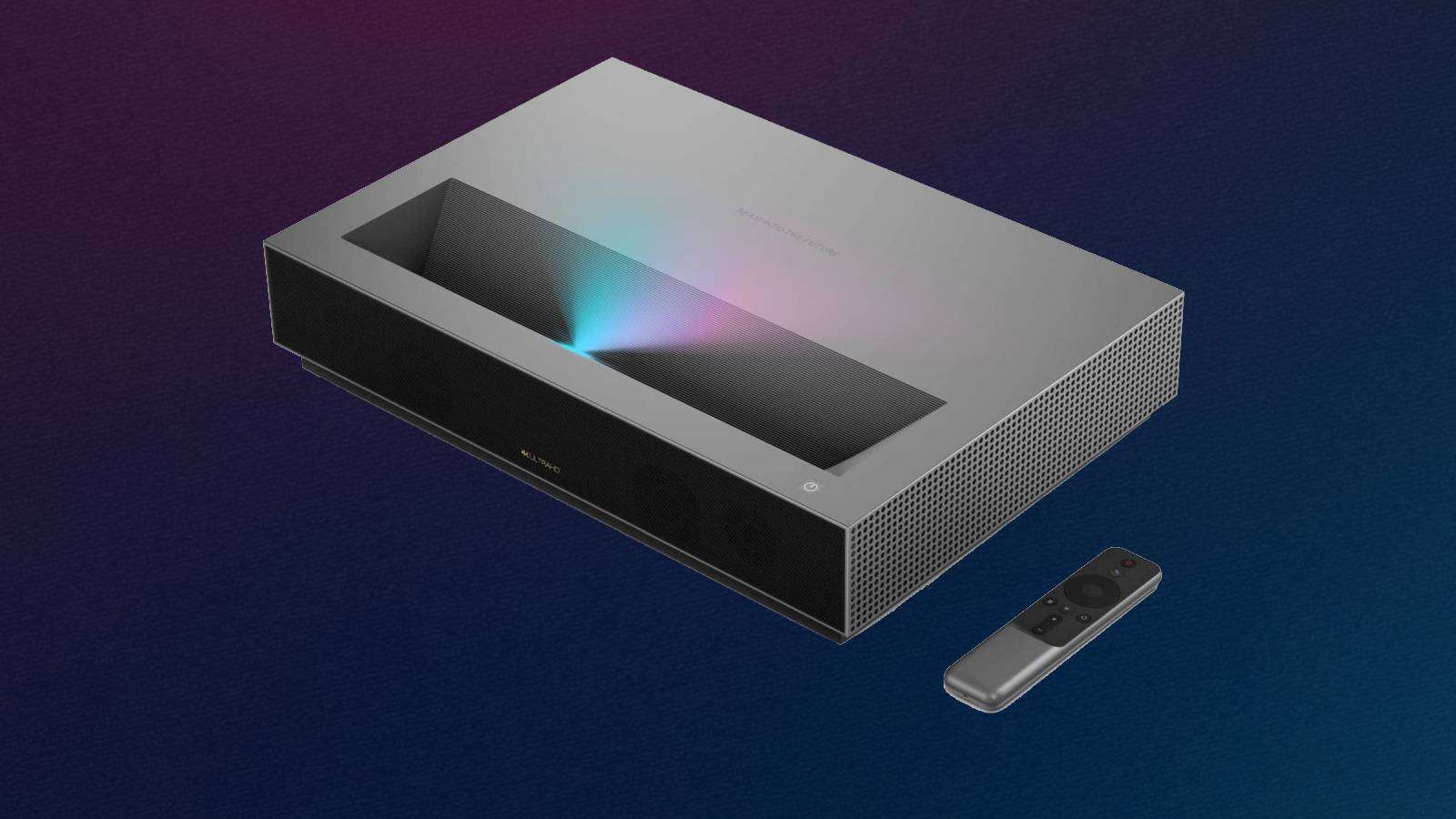 Dexerto
DexertoAre you looking to pick up a projector for your home setup? This extensive guide helps you with everything that you need to know.
Dreaming of watching movies and TV shows on a giant projected image that rivals even a movie theater experience? Home projectors have become increasingly popular as an affordable and immersive alternative to traditional flat-screen TVs. Whether you’re a movie enthusiast, a gaming aficionado, or simply looking to upgrade your home entertainment system, adding the right projector to your setup is crucial.
While the right projector is essential to make that cinematic dream a reality in your home, it can take time to determine what matters when purchasing one between the dizzying array of projector technologies, complicated specs, and significant price differences.
That’s why we’ve created the definitive, comprehensive guide for home projector buyers on discovering the ideal projector from image brightness to placement positioning and everything in between. Read along and transform whatever room you want into an immersive entertainment palace tailored to your needs.
Determining the proper resolution is crucial
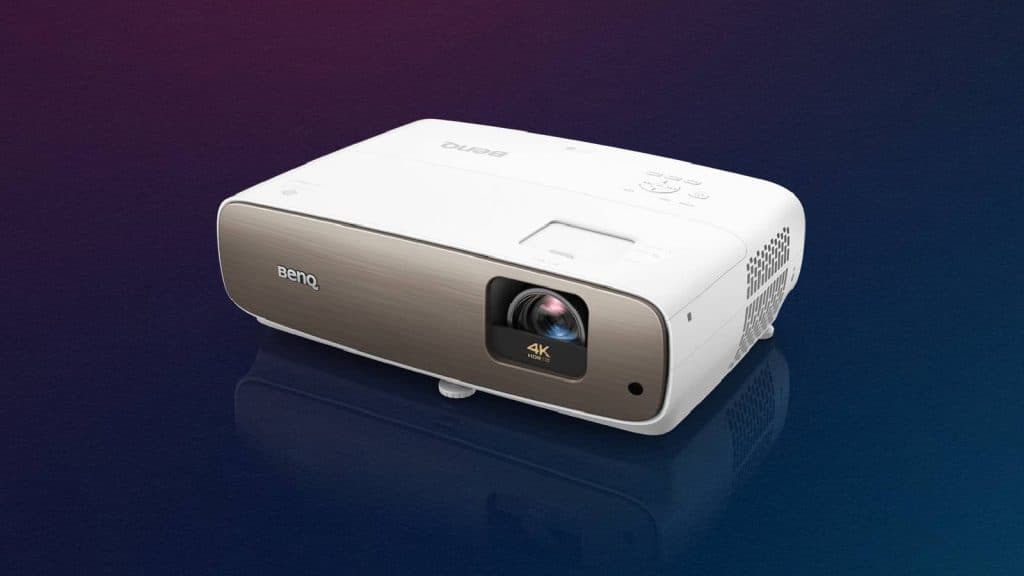 Benq
BenqOne critical decision you need to make while looking at projectors is the display resolution. Mainstream home projectors offer:
- 720p (1280 x 720 pixels): This budget option is good enough for casual viewing.
- 1080p (1920 x 1080 pixels): Perfectly balances quality and affordability.
- 4K/UHD (3840 x 2160 pixels): Future-proof and high resolution that’s getting increasingly accessible.
4K resolution matches most streaming content and next-gen gaming systems. Projectors pair 4K with HDR for improved brightness, colors, and contrast, making images practically jump off the screen. If your budget allows, aim higher than 1080p since you’ll likely live with this purchase for more than five years.
Determine the brightness of the room
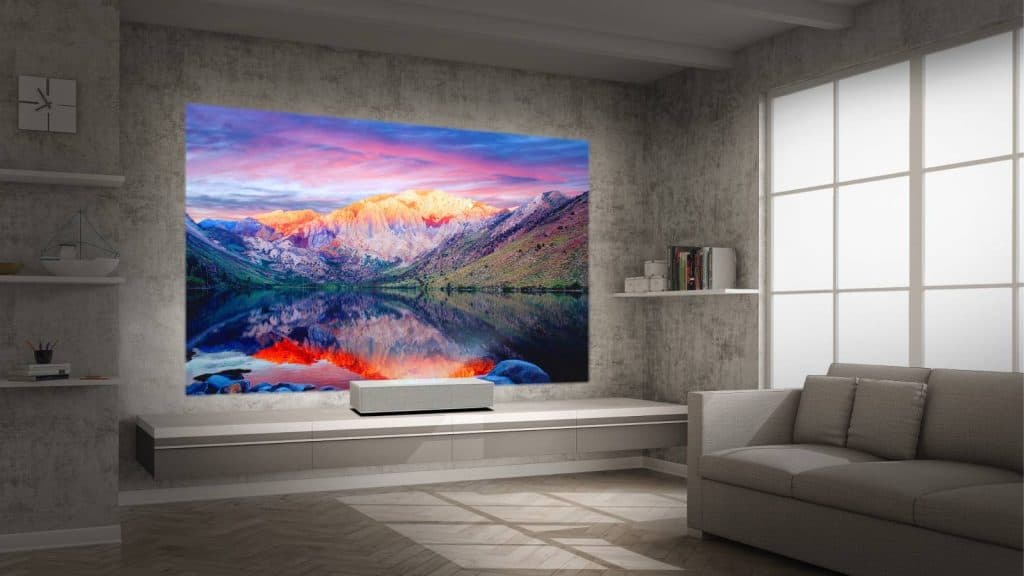 LG
LGA projector’s brightness directly influences how large you can display images given room lighting and surface type. Brighter projectors allow bigger screen sizes without sacrificing image quality. Things to consider here:
- Screen Size: Bigger is more cinematic, but determine max width/height of your room for space first.
- Room Lighting: More ambient light requires a brighter projector.
- Screen Type: Darker, high-gain screens preserve brightness better than light-colored walls.
- Projection Distance: Placement compensates for brightness, too.
A good starting point is opting for 3,000-4,000 lumens that enable 125-150 inch images in darkened home theater spaces. Boost ISO luminance towards 6,000+ if battling daylight or installing in multipurpose living rooms.
Evaluate Lens and placement options
No two home theater setups are identical, so projection versatility adds convenience. Compare lens capabilities like zoom, offset/shift, and interchangeable options:
- Zoom: projects across a range of sizes from different distances.
- Offset: repositions image higher/lower when mounted off-center.
- Portability: quick swapping for specific room dynamics.
Also, examine throw distance to see installation placement flexibility a given projector permits. This helps futureproof for rearrangements or residential moves.
Inputs and connectivity ports are critically important
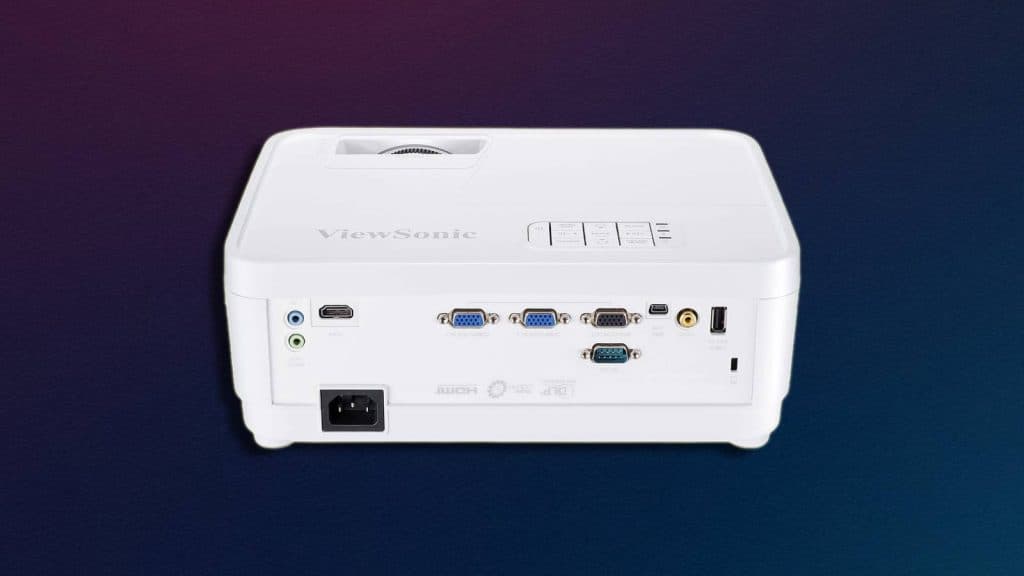 Dexerto
DexertoEven the most advanced 4K HDR picture pops far less without equally modern 4K Blu-ray players, game systems, and set-top streamers. So don’t hamstring tomorrow’s components with the projector you buy today to pinch pennies.
- HDMI: 3-4 future-facing HDMI inputs should be the bare minimum in 2023. Prioritize HDMI 2.1.
- Ports: Look for USB media playback, RS232 control, 3.5mm audio and ethernet.
- Wireless: Bluetooth and Wi-Fi increase flexibility for streaming and external speakers
Calculate the right audio approach
Don’t assume you’ll need external speakers because projectors lack built-in audio. Various great home projectors feature an impressive audio setup alongside jaw-dropping images. But if you do need amplification, research audio out options like:
- ARC/eARC: Simplified connectivity to home theater receivers and soundbars.
- Digital Optical: Alternate means of Dolby/DTS multichannel audio transfer.
- Bluetooth: Wireless streaming from media devices and mobile phones.
- Analog 3.5mm: A last resort that works with basic computer speakers.
The best home cinema means both screen and sound complement each other. So make sure to budget for audio along with the projector itself.
Understand the screen type & placement
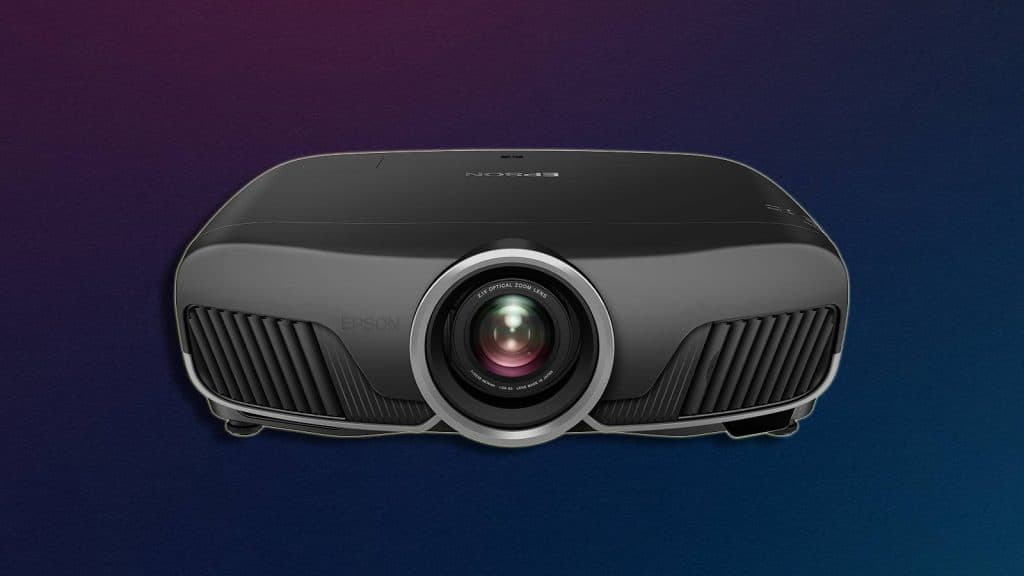 Epson
EpsonA projector works best with a tailored screen. While white walls technically work, purpose-built materials maximize perceived contrast, color accuracy, and depth.
- Matte vs. Angled: Choose based on room lighting conditions.
- Fixed vs. Rollable: Permanent or temporary deployment.
- Size & Position: Follow projector manufacturer guidance.
A quality fixed frame screen built specifically to enhance your projector model’s output does more to take home theater enjoyment to the next extreme than practically any other component.
Summing it up
With the right matchup of resolution, brightness, connectivity, and display surface, practically any blank wall or rollout screen transforms into a private world of larger-than-life entertainment. Use the capability considerations and buying advice above as your projector shopping checklist and there’s no limit to how incredible video can appear inside your home.